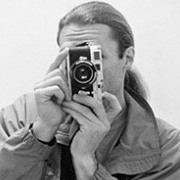Leica M Menu settings - New article on overgaard.dk
-
Recently Browsing 0 members
- No registered users viewing this page.
-
Similar Content
-
- 1 reply
- 505 views
-
- 4 replies
- 312 views
-
- 13 replies
- 1,898 views
-
- 1 reply
- 353 views
-
- 0 replies
- 229 views
-





Recommended Posts
Join the conversation
You can post now and register later. If you have an account, sign in now to post with your account.
Note: Your post will require moderator approval before it will be visible.